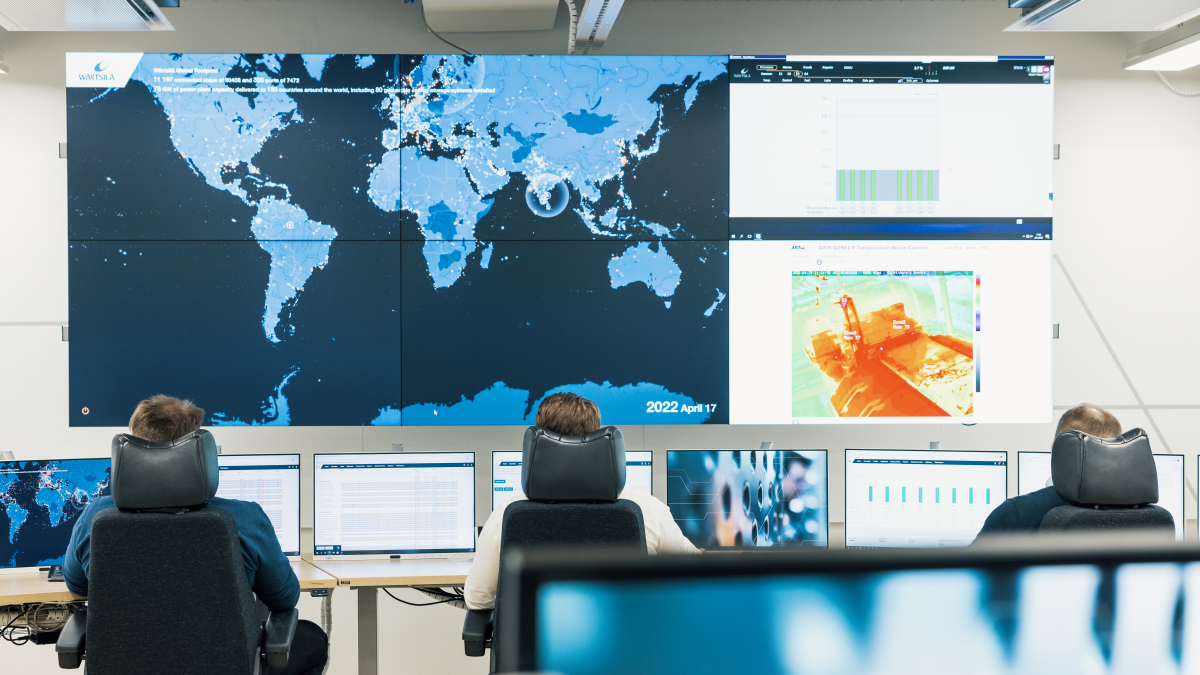Business Sectors
Events
Contents
Gastech 2019 spotlights LNG as a marine fuel
LNG as a marine fuel will be a topic of discussion during a panel session on strategies for complying with the IMO 0.50% sulphur cap at Gastech 2019
By the time Gastech 2019 takes place in Houston on 17-19 September, the 1 January 2020 deadline for ship operators to comply with the sulphur cap will be less than four months away. Under the regulations, ships are required to burn compliant low-sulphur fuel, use an exhaust gas cleaning system if they are operating on heavy fuel oil, or burn an alternative fuel such as LNG.
On 19 September, the session, ‘How shipowners are tackling the IMO sulphur cap: strategies and feasibility of fuel alternatives examined,’ will feature three panellists that were all involved in pioneering the use of LNG as a marine fuel in the US: Q-LNG Transport president Chad Verret, Tote Maritime Puerto Rico executive vice president Jim Wagstaff and ABS vice president global gas solutions Patrick Janssens.
Mr Verret’s Q-LNG is building the world’s first articulated tug barge (ATB) LNG bunkering vessel to support Shell under a long-term contract to meet the refuelling needs of four internationally flagged, dual-fuel ships calling at ports in the US southeast in 2020. The ATB is a major step in building out much-needed LNG bunkering infrastructure in the US.
Tote Maritime built the world’s first dual-fuel container ships — ordering MAN Energy Solution’s first GI-series engine — for operation between Jacksonville, Florida and San Juan, Puerto Rico. Operating in the North American and US Caribbean Emission Control Areas, the two 3,100-teu boxships have almost exclusively burned LNG since they went into service almost four years ago.
Mr Wagstaff oversaw Tote Maritime’s transition to the dual-fuel container vessels, Isla Bella and Perla Del Caribe, and the development of the interim skid LNG bunkering solution for both vessels. Both vessels are now refueled using the LNG bunker barge Clean Jacksonville, which was built by Conrad Orange, Orange, Texas, to ABS class.
Tote Maritime’s Alaska operation is also proceeding with the conversion of its two Orca-class coastal roll-on/roll-off ships to burn LNG as a marine fuel. Roros Midnight Sun and North Star both operate in the US Jones Act trade to Alaska.
Harvey Gulf International Marine’s five dual-fuel platform supply vessels were also built to ABS class. Mr Janssens heads up development of all gas-related activities in ABS, with a background in the development of floating LNG and regasification vessels. He has managed newbuilding projects for several LNG carriers, LPG/ammonia carriers, oil tankers, bulk carriers and container ships in many of the major shipyards worldwide.
Panel moderator Peter Keller is chair of SEA/LNG, a multi-sector coalition promoting LNG as a marine fuel. As former executive vice president of Tote Inc and president of Tote Maritime Puerto Rico, Mr Keller spearheaded the company’s use of LNG as a marine fuel and the construction of the two dual-fuel container ships.
One of the initial stumbling blocks in adopting LNG as a marine fuel was the refueling infrastructure. Such concerns, however, appear to be easing as bunkering and small-scale LNG terminal infrastructure continues to grow in Europe and Asia. Current global production capacity for small-scale LNG (ssLNG) is about 25M metric tonnes per annum (mta) and this is expected to reach 30M mta by 2020 and 80M mta by 2030. Truck fuel makes up about two-thirds of ssLNG demand, with power generation taking up about a quarter and the remainder being in marine bunkering, chiefly in Europe and North America. Looking ahead to 2030, marine bunkering demand is set to grow to just over a quarter of ssLNG output, from around 2.5M mta to more than 20M mta.
Related to this Story
Women in Maritime Today: Elin Saltkjel says no day working in maritime is dull
Events
Maritime Environmental Protection Webinar Week
Cyber & Vessel Security Webinar Week
The illusion of safety: what we're getting wrong about crews, tech, and fatigue
Responsible Ship Recycling Forum 2025
© 2024 Riviera Maritime Media Ltd.














